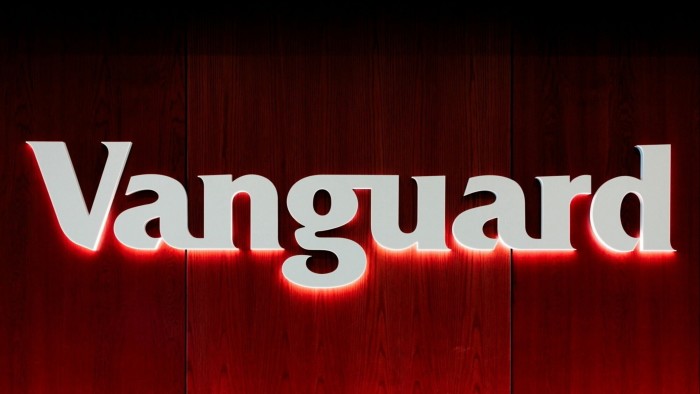Stay informed with free updates
Simply sign up to the Exchange traded funds myFT Digest — delivered directly to your inbox.
Vanguard’s blue-chip US stock exchange-traded fund has become the world’s biggest, seizing the crown from State Street’s S&P 500 tracker, in a sign of how a race to slash fees is reshaping the industry.
Vanguard’s fund, known by its ticker VOO, held assets of $631.8bn in early US trading on Tuesday, pushing it ahead of the $630.3bn of State Street’s SPY, which was the first-ever US ETF when it launched in 1993, 17 years before VOO.
The Vanguard vehicle’s ascent is a reflection of its low fees and the rapid growth of ETFs among retail investors, who are less likely to buy State Street’s more institutionally tailored vehicle.
“VOO turned on the flows afterburners last year and caught up to SPY much quicker than expected,” said Bryan Armour, director of passive strategies research for North America at Morningstar.
In a sign of VOO’s swift climb, the fund was $182bn behind SPY at the start of 2022 and still $50bn behind as recently as November, when it overtook BlackRock’s iShares Core S&P 500 ETF (IVV) to take the second spot.
More than $23bn has flowed into VOO this year, compared with net outflows of $16bn from SPY, according to TMX VettaFi data.
All three leading S&P 500 ETFs have benefited from runaway global demand for vehicles tracking US equities, which accounted for 60.5 per cent of global stock market capitalisation at the end of 2023, the highest level since 1973, according to UBS.
Wall Street stocks have also posted huge gains in recent years, notching up returns of more than 20 per cent both in 2023 and 2024.
Vanguard has surged thanks to its low fees, charging just 0.03 per cent annually. It has also benefited from the ever-widening use of ETFs for building portfolios. The ETF industry as a whole recently passed $10tn.
SPY, which charges 0.0945 per cent, is favoured by more active traders, since it is cheaper to trade and offers greater leverage through derivatives.
“VOO is just such a cheap, useful tool,” said Syl Flood, senior product manager at Morningstar. “It’s most used by long-term investors whereas SPY is more of a trading tool. The money in Vanguard’s funds is stickier than almost anybody else’s money.”
He added that Vanguard’s and BlackRock’s funds had benefited from investors switching money from actively managed funds to passive ETFs.

“VOO’s minuscule expense ratio, combined with the Vanguard investor buy-and-hold mentality, is a tough combination to beat — particularly with the S&P 500 outperforming nearly every other asset class over the past 15 years,” said Nate Geraci, president of financial adviser The ETF Store.
State Street waged a counteroffensive in 2023 by slashing the fee on its own buy-and-hold SPDR Portfolio S&P 500 ETF (SPLG) to just 0.02 per cent, but so far it has amassed only $58bn.
Despite SPLG undercutting Vanguard, Armour argued that “inertia helps keep VOO at the top of the [flows] list, and a one basis point fee difference does little to quell switching costs. Vanguard also benefits from its tremendous distribution network and loyal investor base.”
Vanguard is also the only asset manager, thus far, permitted by the US Securities and Exchange Commission to operate the “ETF-as-a-share class” model that it patented, even though that patent has now expired.
Under this structure, an ETF and a mutual fund can operate as separate classes of an overall fund and Vanguard “allows mutual fund share class owners to convert into VOO”, a trade incentivised by the mutual fund arm being slightly more expensive, at 0.04 per cent.
VOO’s success is a sign of Vanguard’s broader ascendancy in the ETF industry. At the end of December, its $3.2tn of ETF assets were a record 76 per cent of market leader BlackRock’s $4.3tn, according to Morningstar, a figure that has climbed steadily from 52 per cent at the start of 2018.
https://www.ft.com/content/641e9fd7-c989-4831-917b-23b3250be7db


